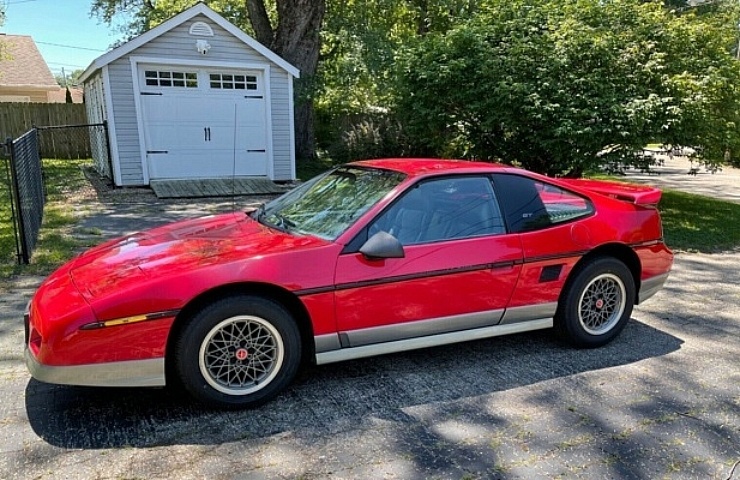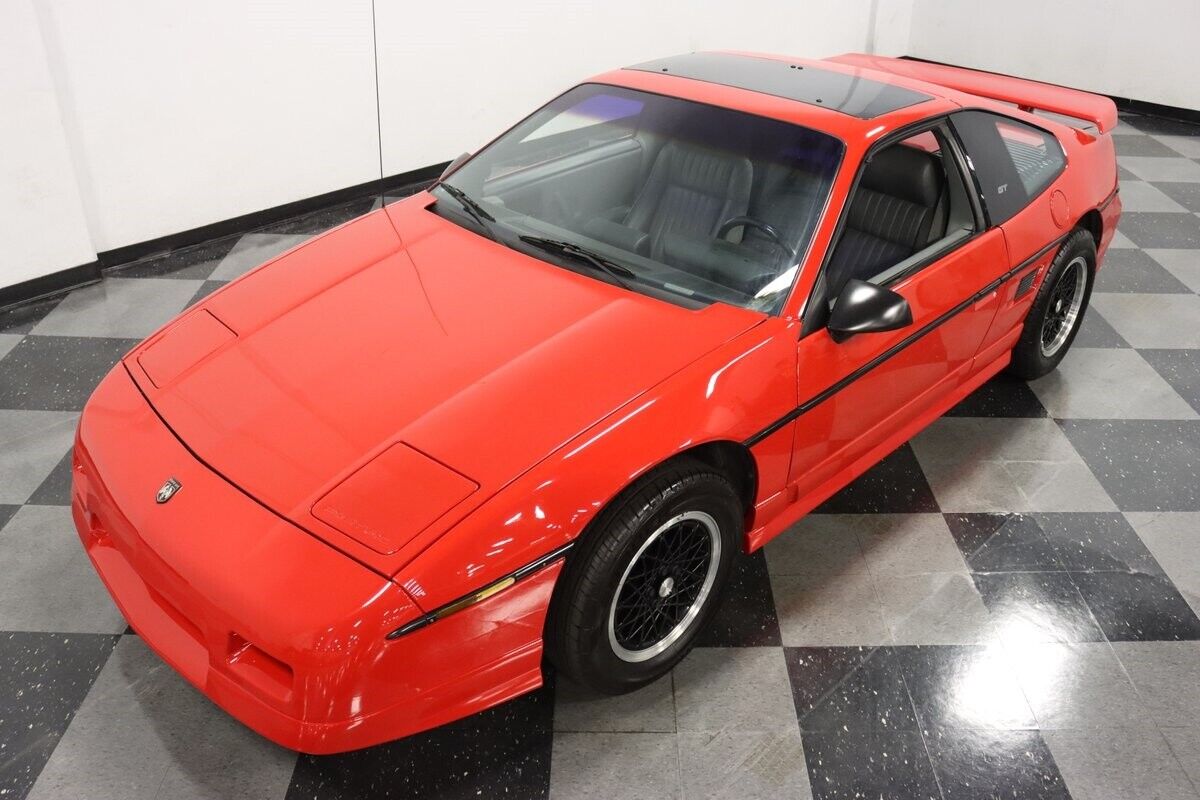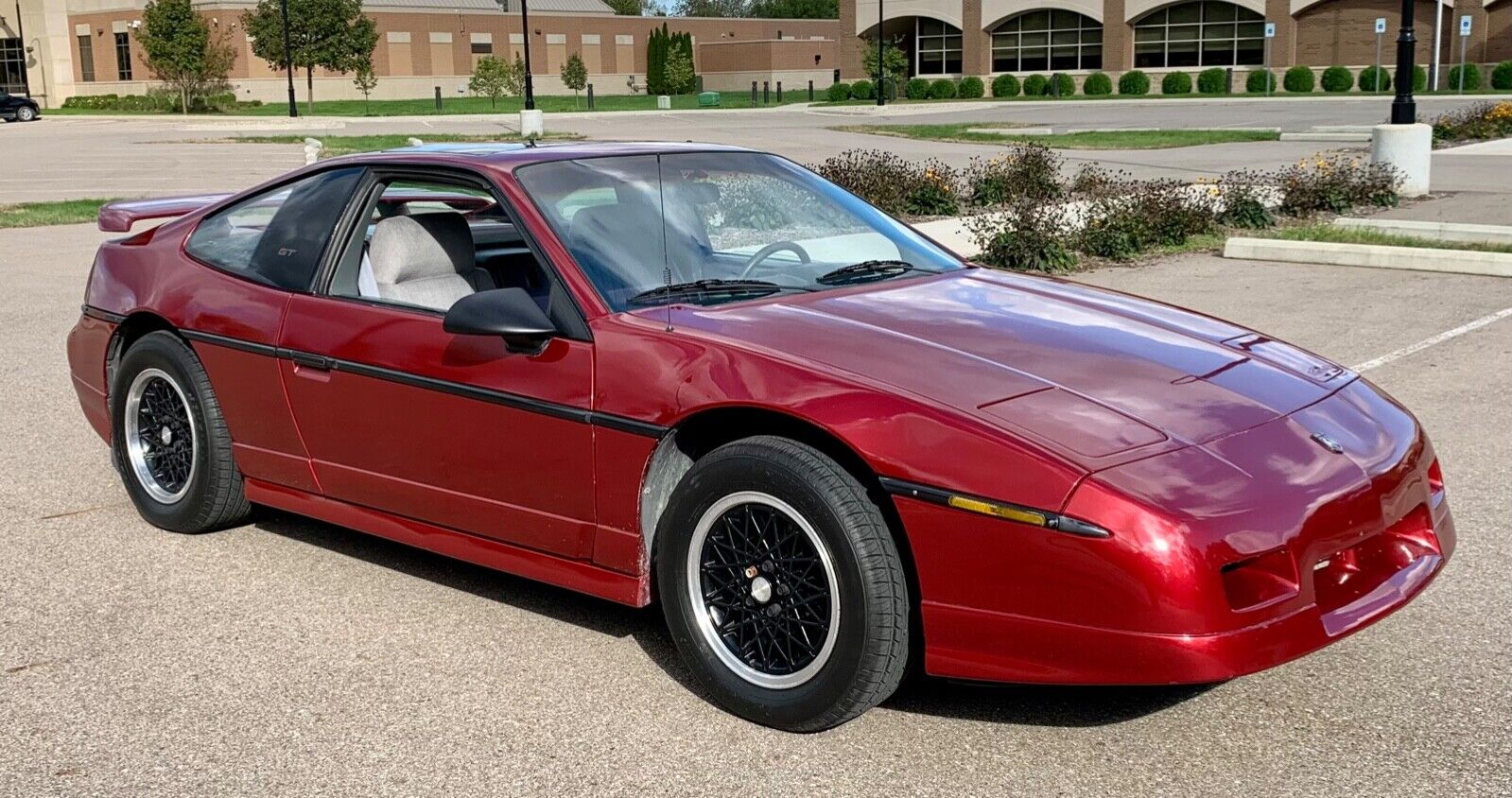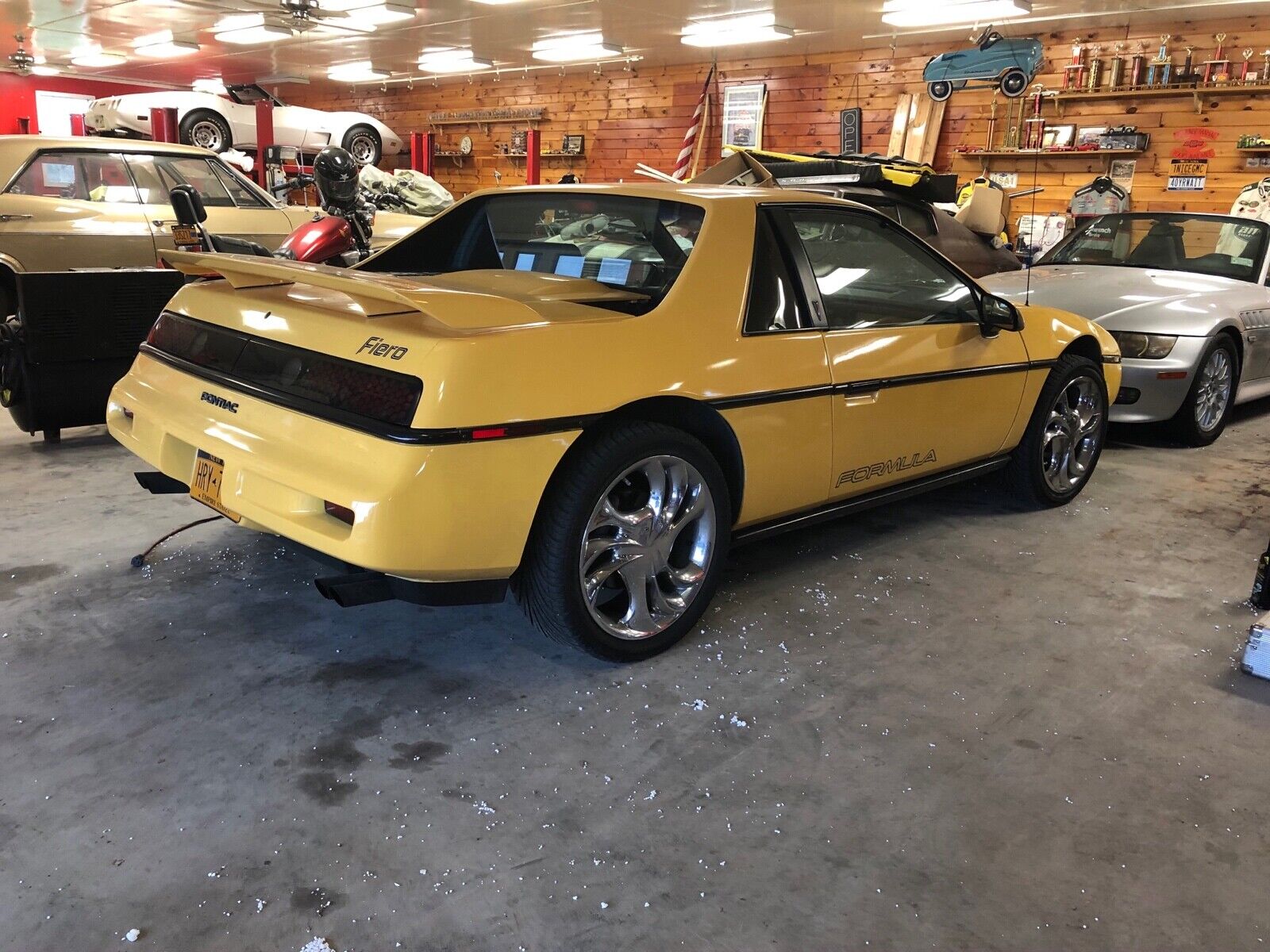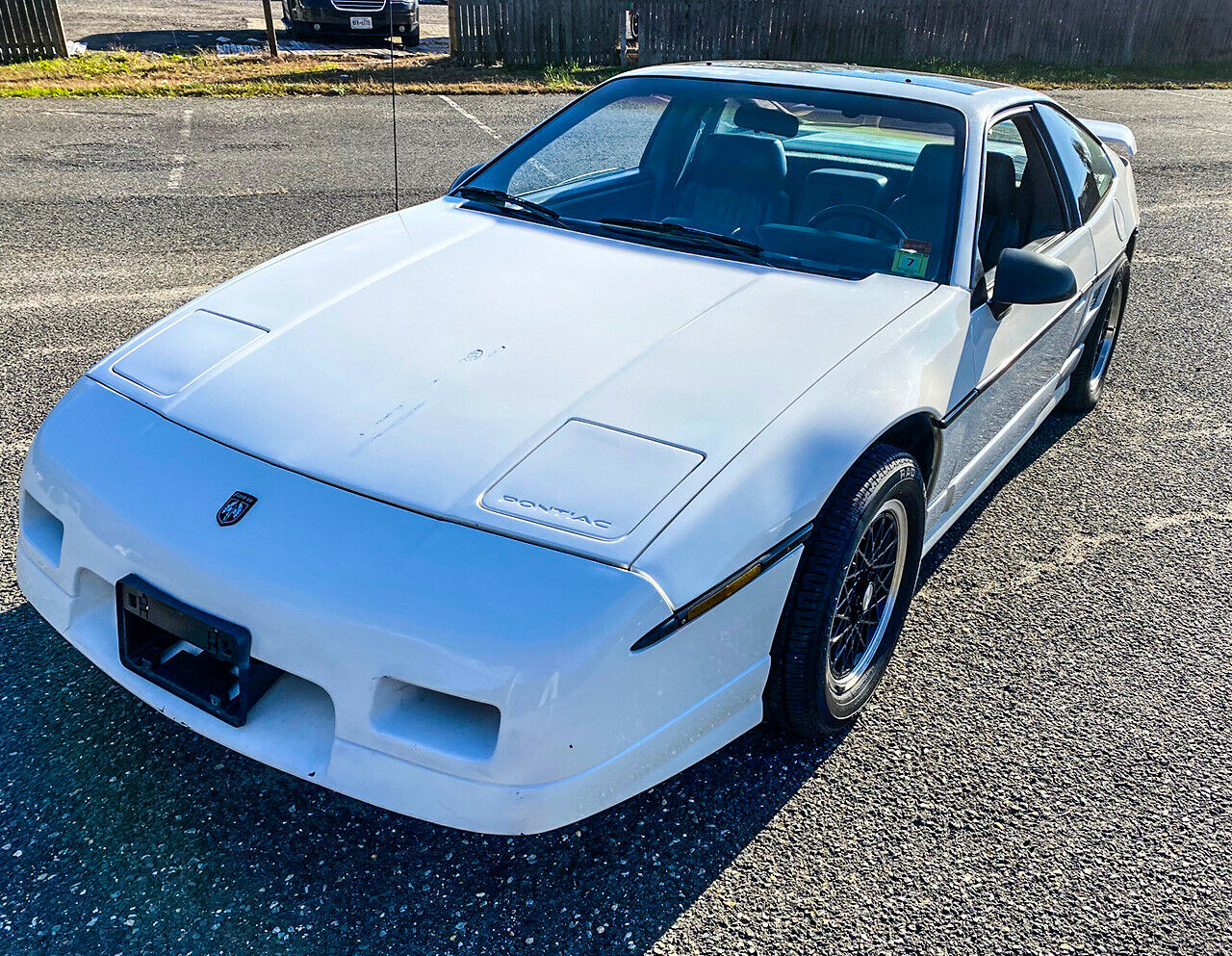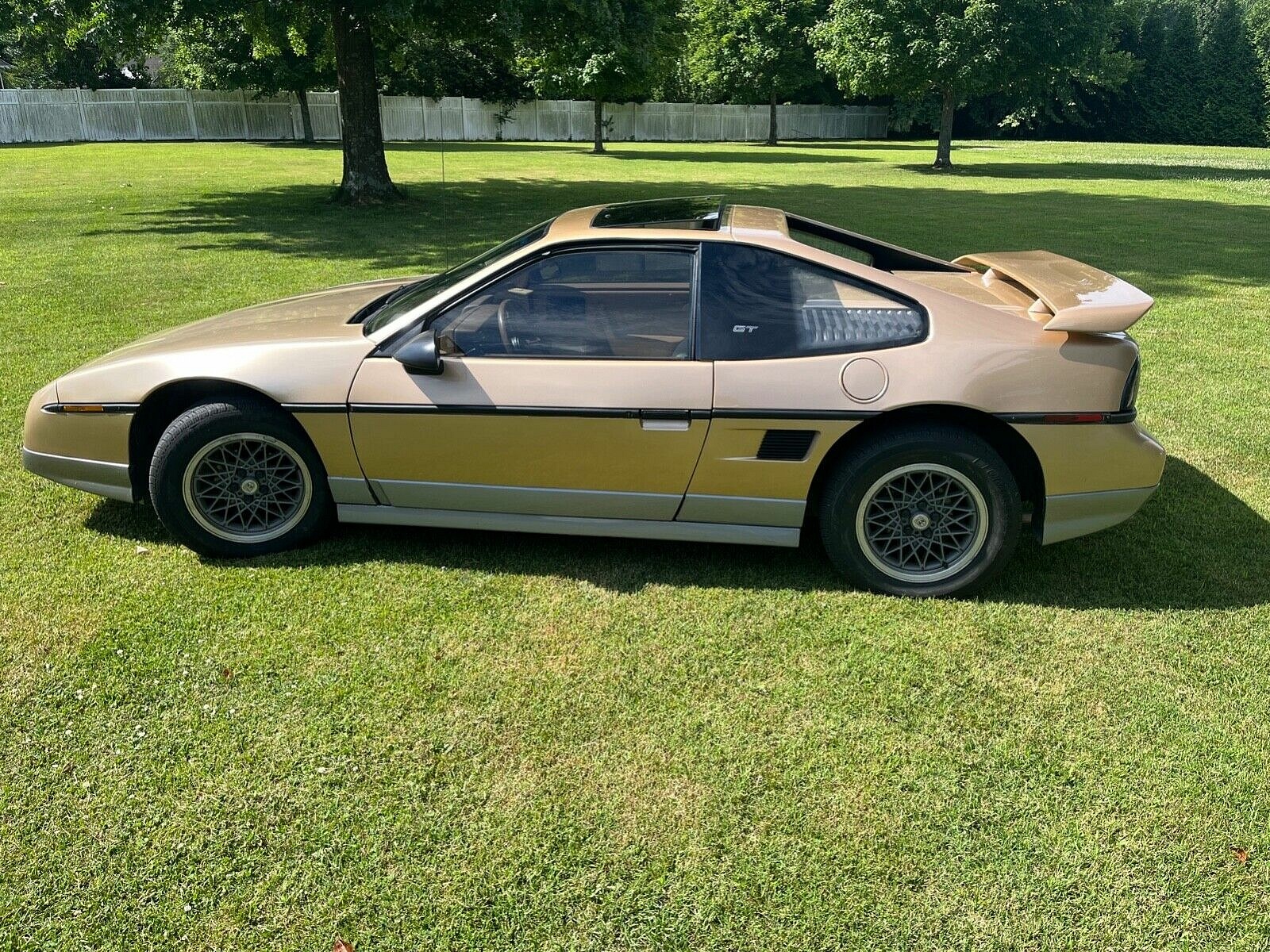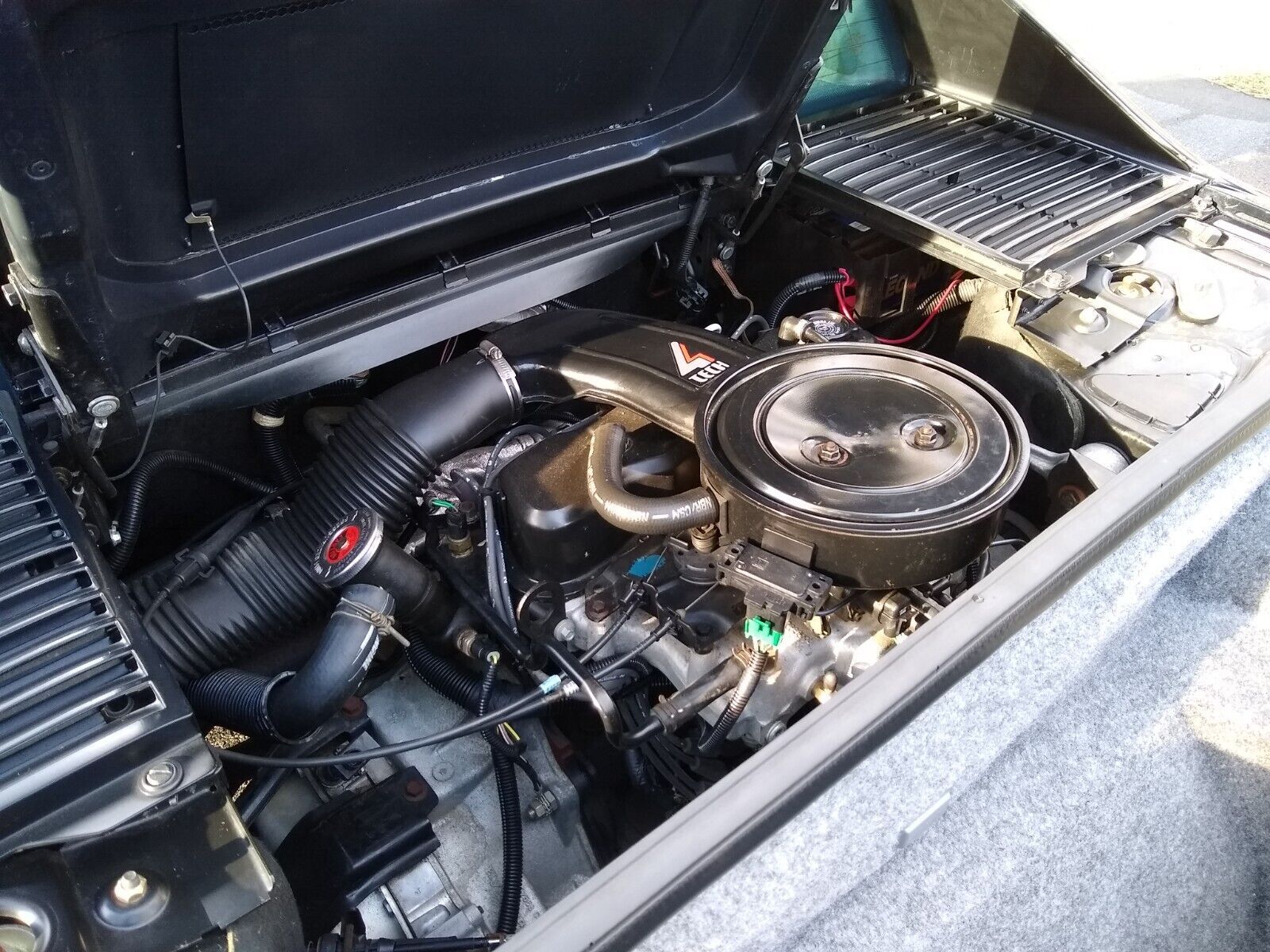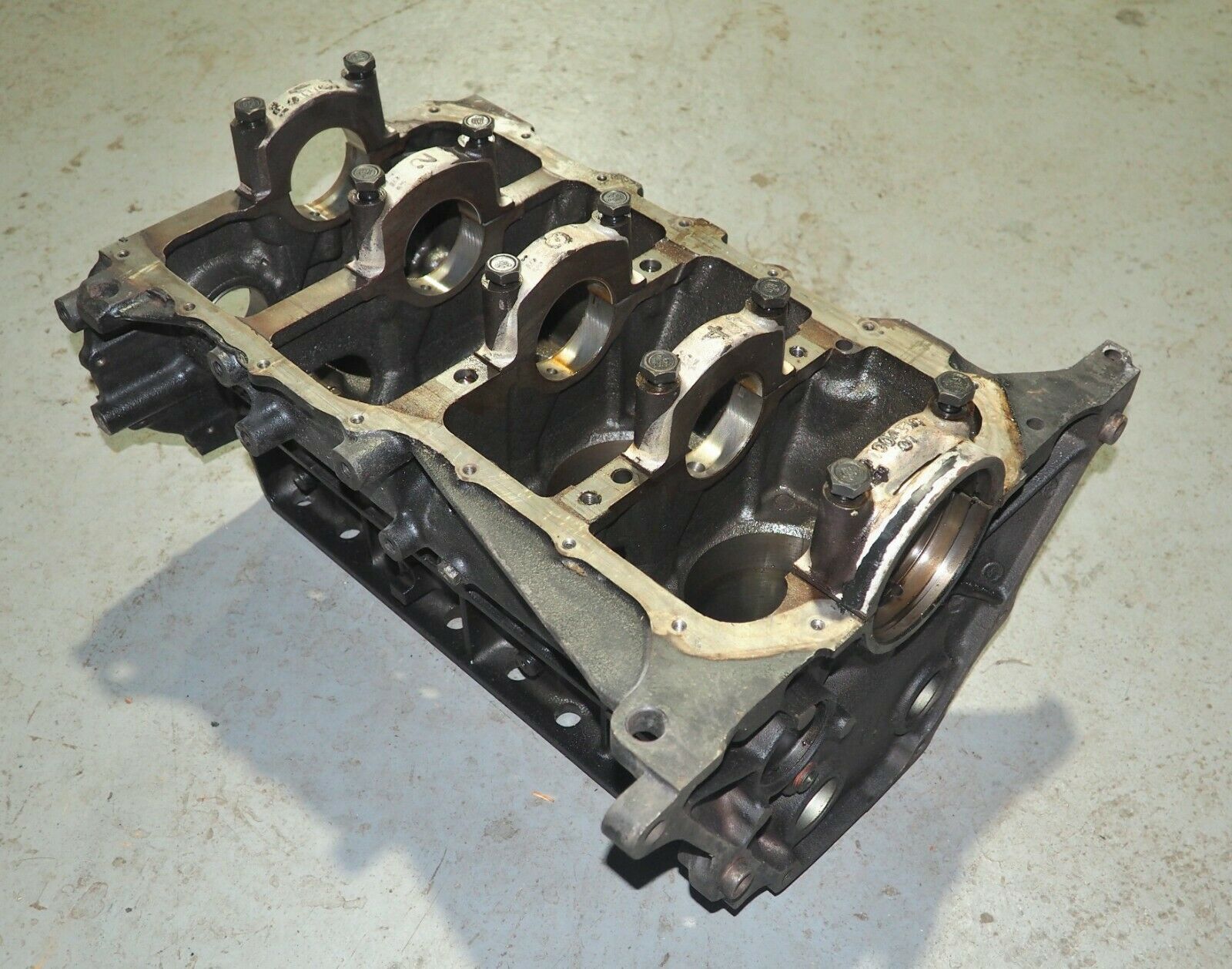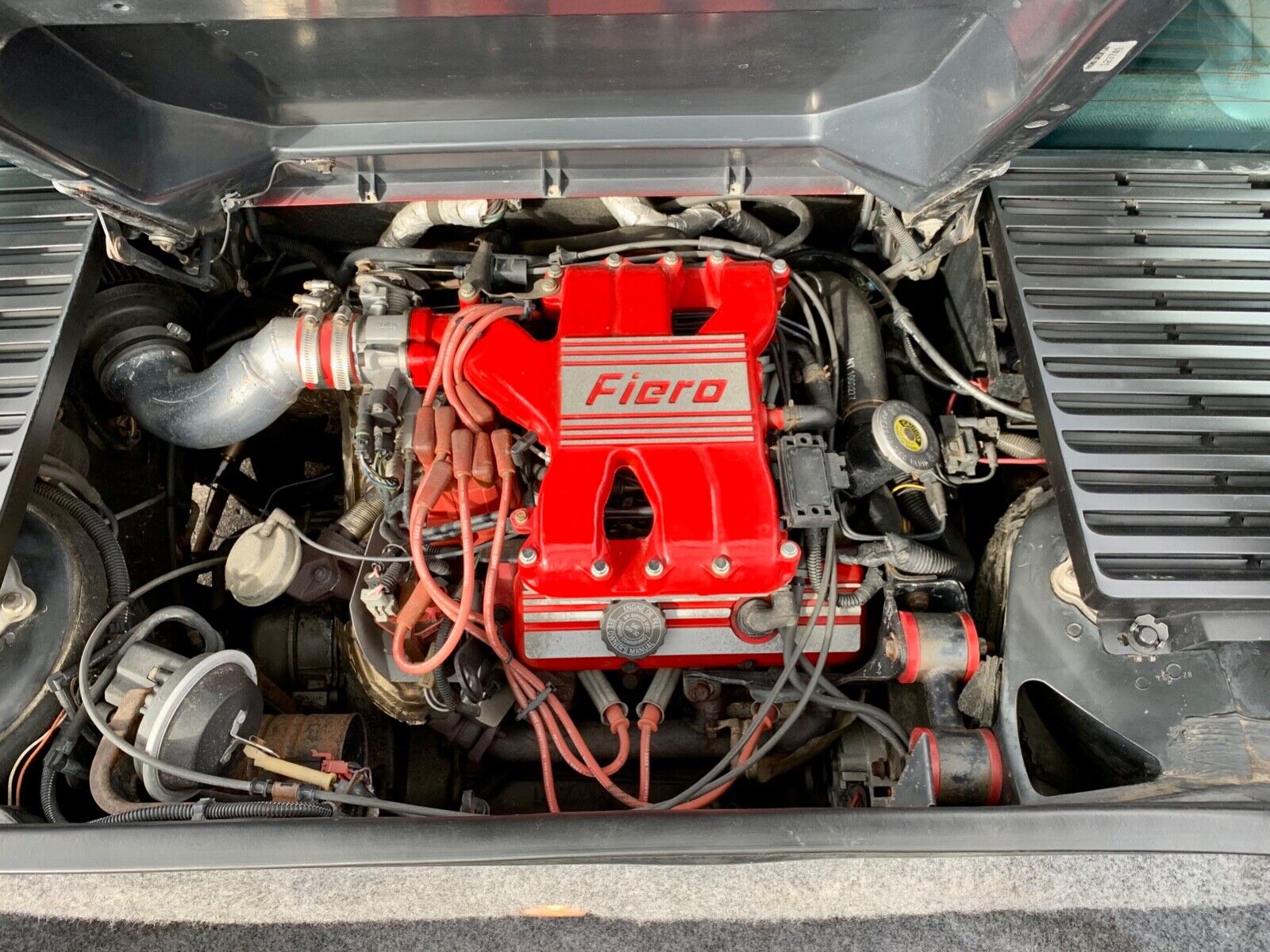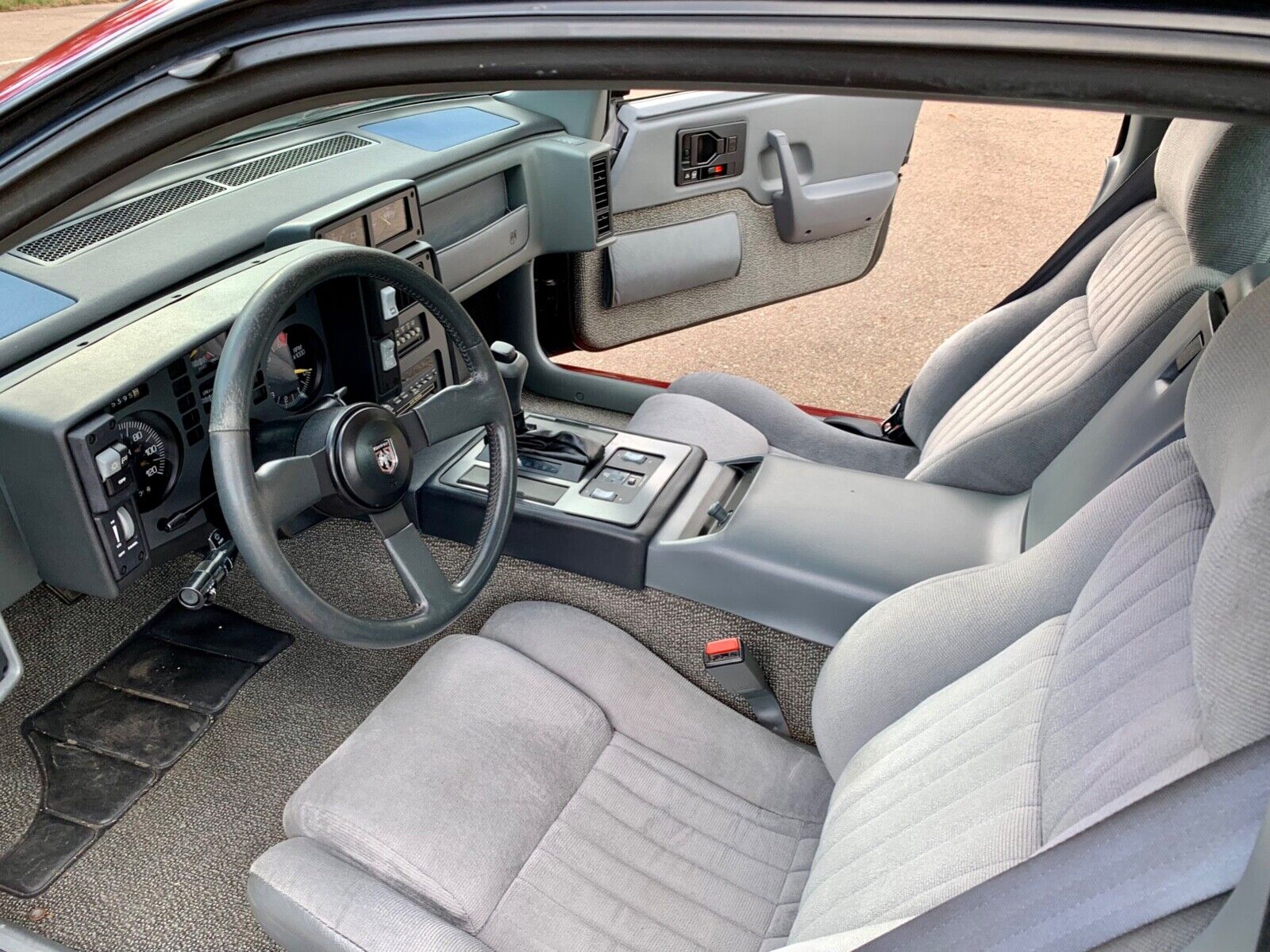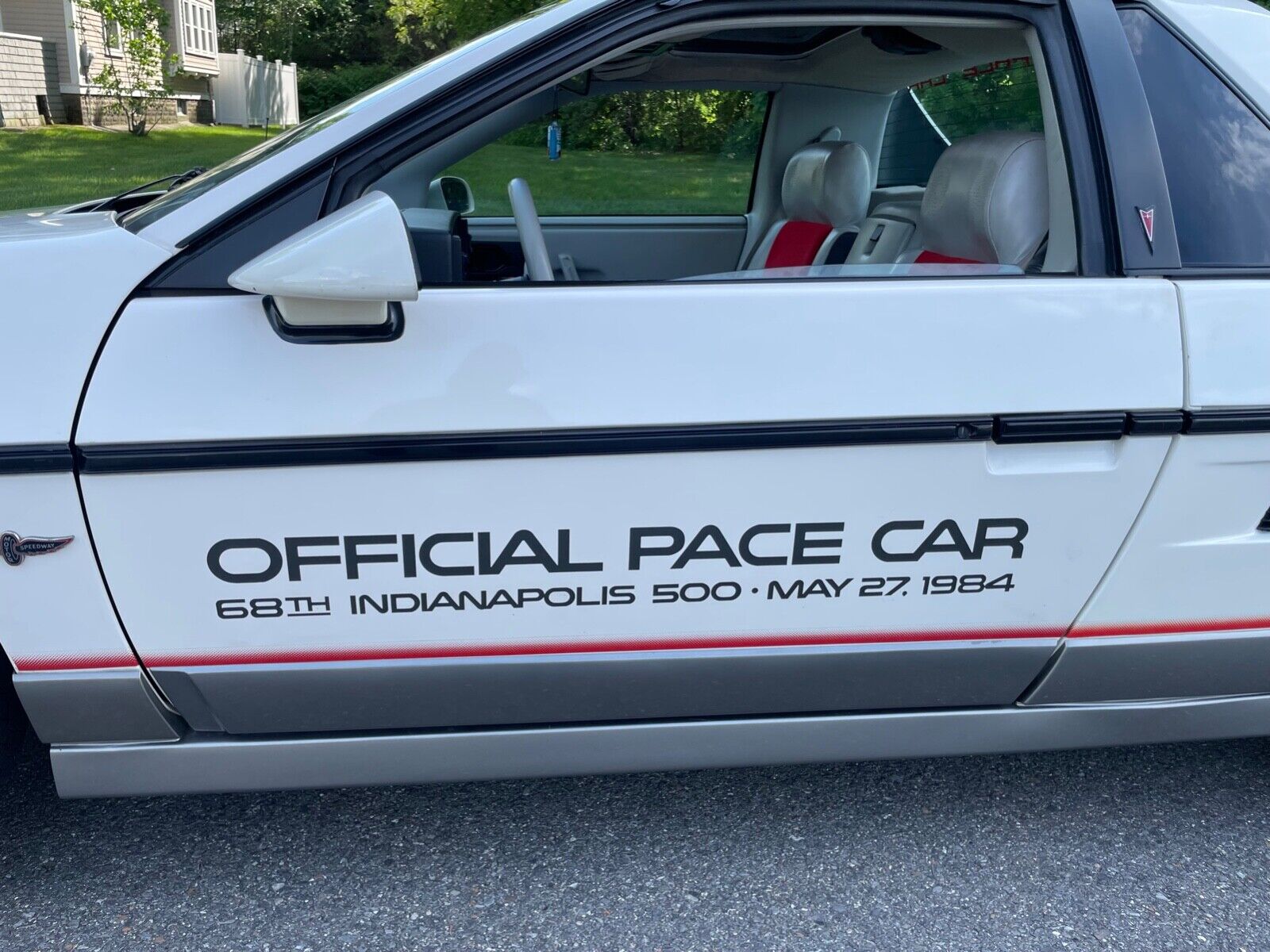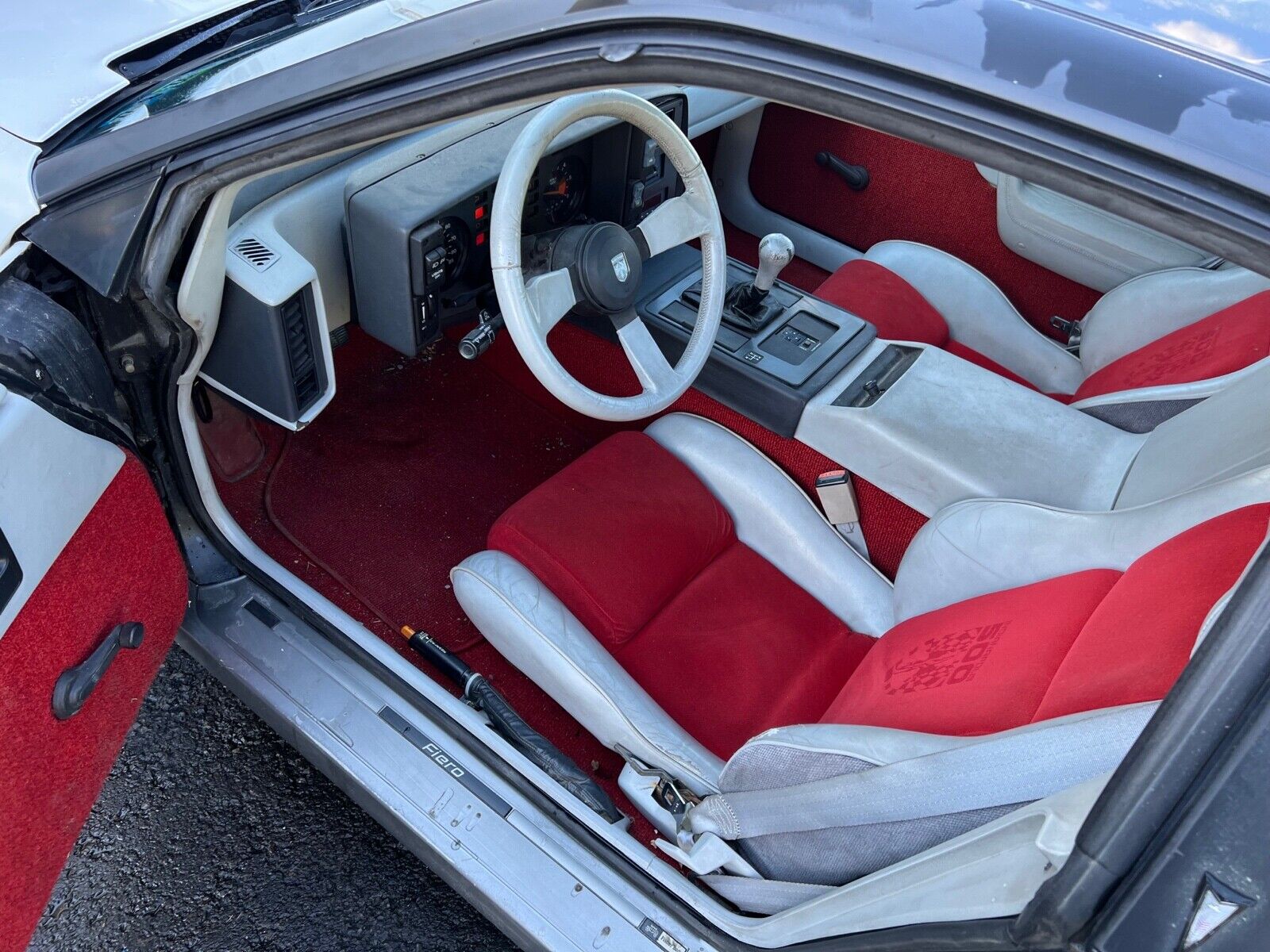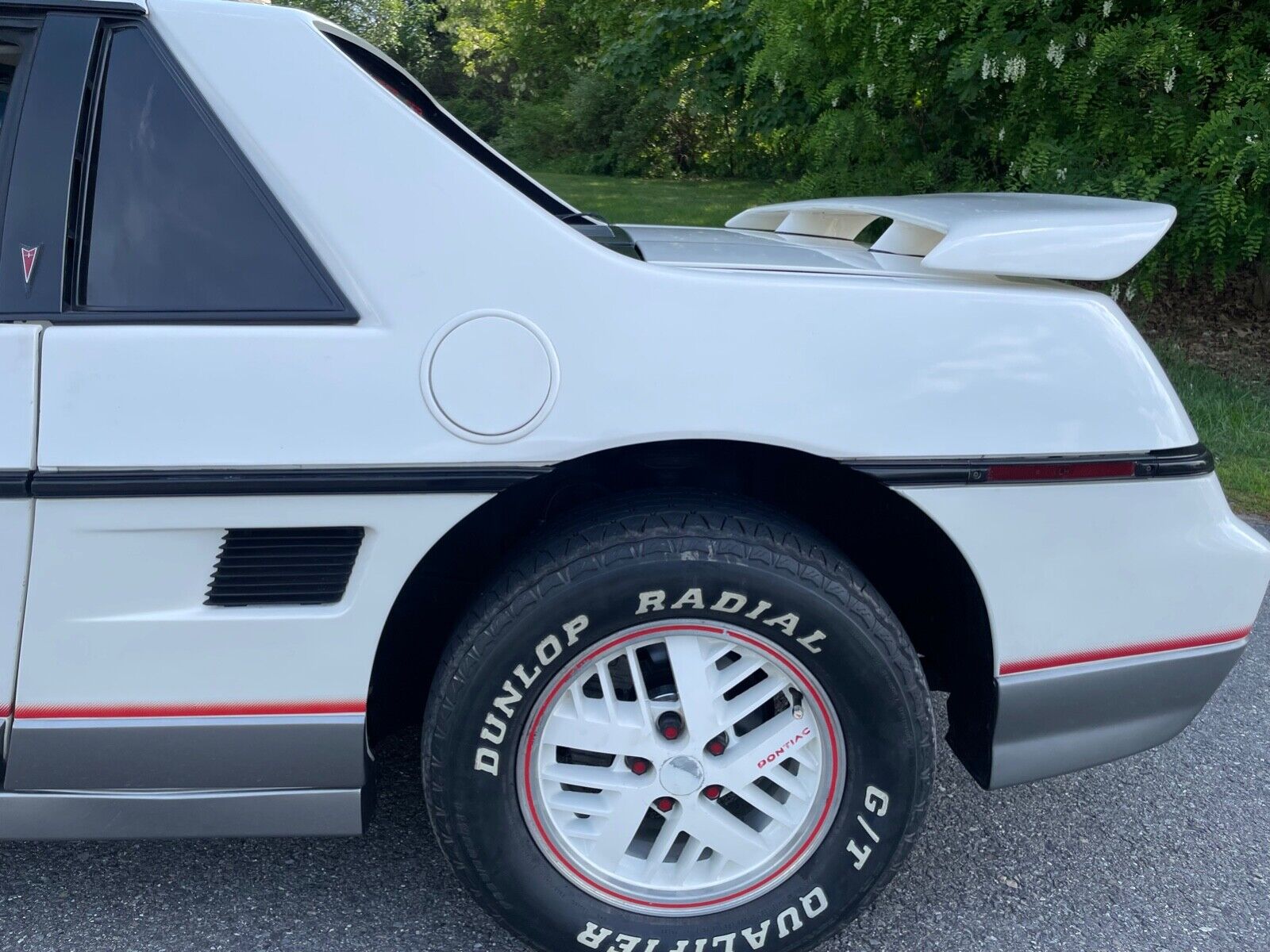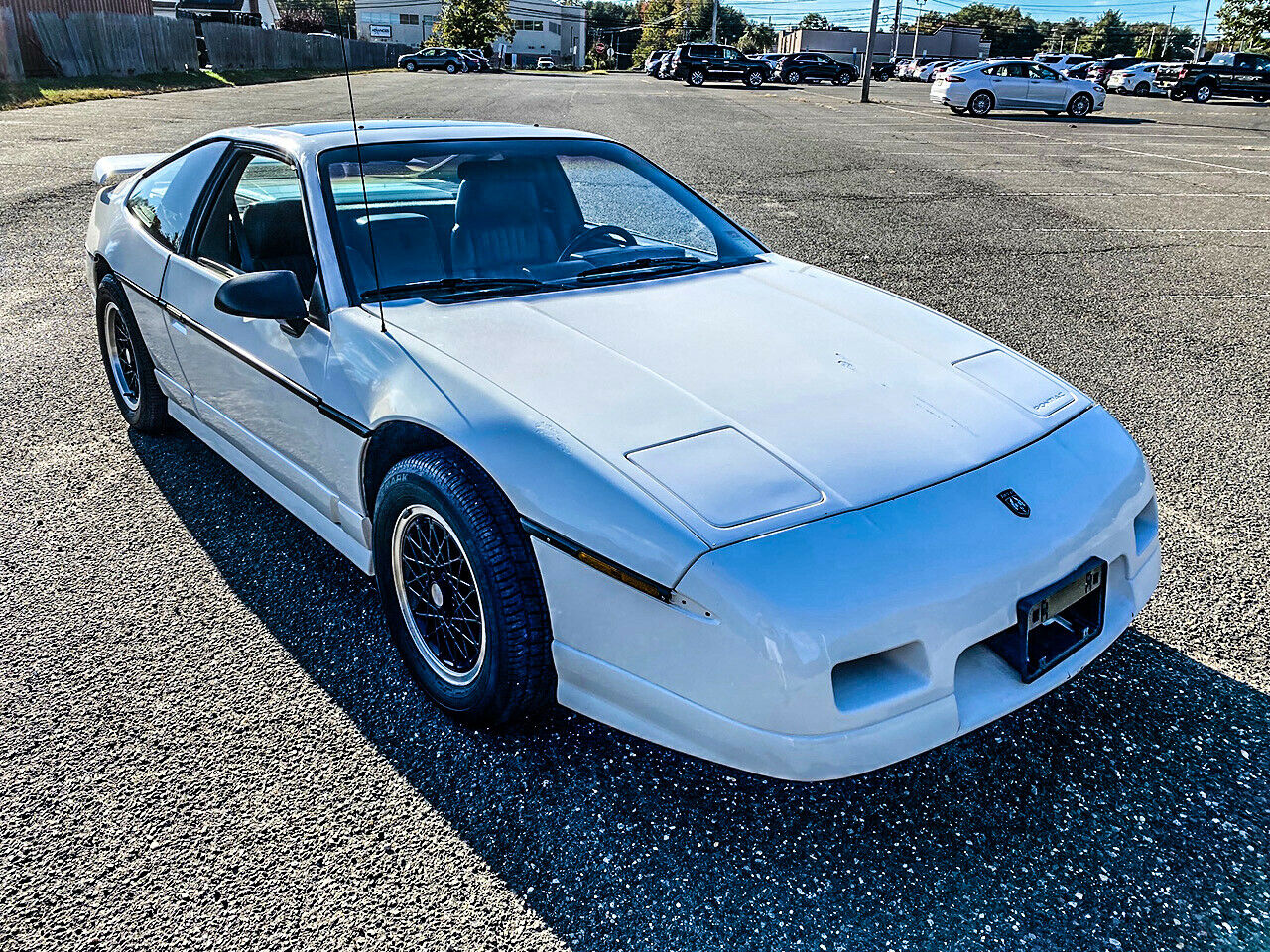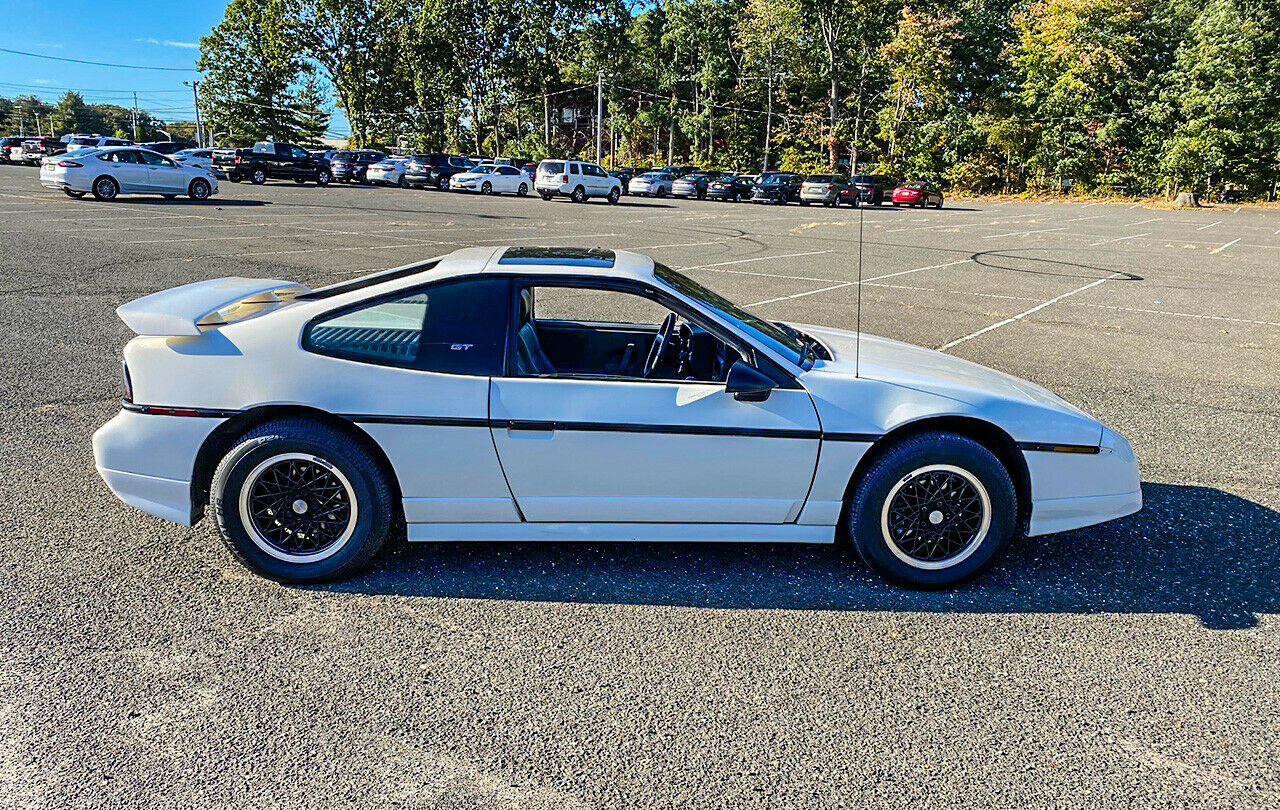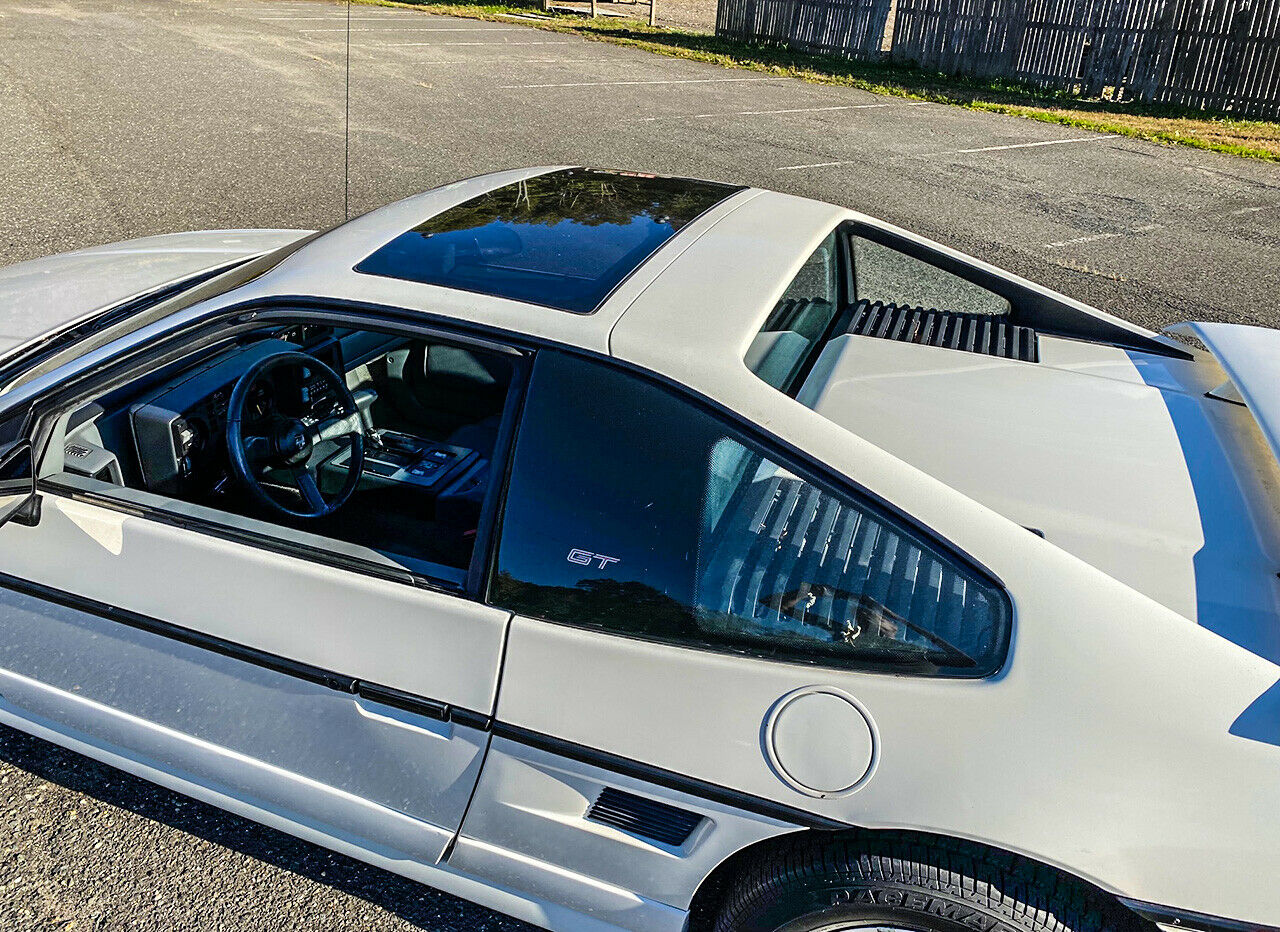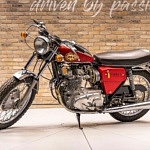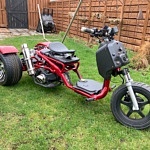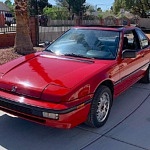General Motors has long been criticized for pulling the plug on groundbreaking designs. Critics argue that The General kills some of its best models just when the company has the right formula. The best example of this kind of premature death is the Pontiac Fiero.
The Fiero is a two-seat, mid-engined coupe introduced in 1984. It was conceived as a state-of-the-art sports car and an affordable alternative to the Chevrolet Corvette. At the time, Pontiac saw itself as GM’s youth-oriented division. As a result, Pontiac wanted a contemporary model to follow the success of the GTO and Firebird.
A Mass-Produced American Mid-Engine Model
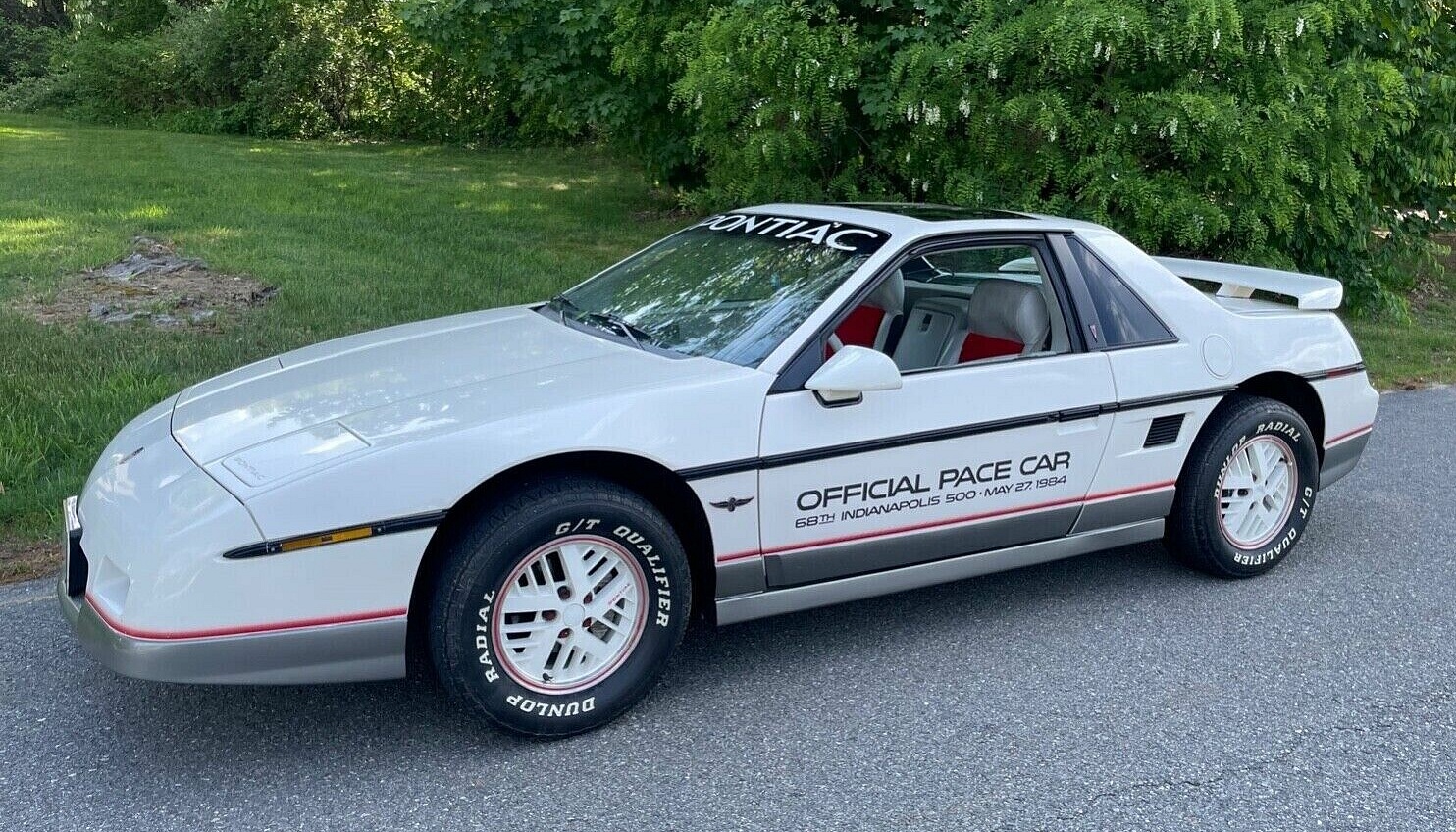
1984 Pontiac Fiero Indy 500 Pace Car.
Unfortunately, Fiero was doomed from the start. Born during an era of vigorous cost-cutting at GM, Fiero fell short of its designer’s vision of a sports car with a high-performance engine. Fiero’s challenges came not only from corporate bean-counters. There was a bigger problem.
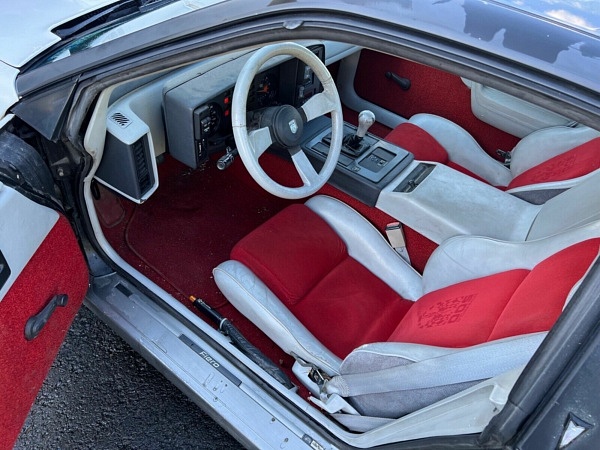
1984 Fiero Indy 500 Pace Car Interior.
Higher-ups at GM feared that another sports car would steal sales from Corvette. So the original Fiero got the green light only after being pitched as a fuel-efficient commuter car powered by a four-cylinder engine.
The Pontiac Fiero was the first mass-produced mid-engine model to emerge from any American manufacturer. Other innovations included composite body panels assembled with tighter tolerances than was customary for GM at the time. Unfortunately, the coupe would be deprived of the power needed to make it an entertaining ride.
One Compromise After the Next
Fiero mechanicals were mainly cobbled together from the corporate parts bin, including the aging and anemic 92-horsepower, 2.5-liter “Iron Duke” engine. That engine was initially developed during the 1970s as an econobox power plant. Unfortunately, it was hardly the high-tech, high-performance engine Fiero engineers had in mind.
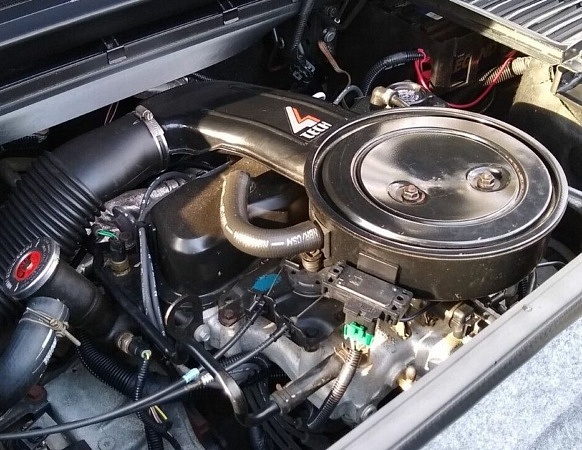
All hail the not so mighty Iron Duke!
Worse, putting the engine in the rear led to oiling issues, occasionally causing oil starvation problems. That was exacerbated by an improperly labeled dipstick that indicated the crankcase was full when it was not.
The Pontiac Fiero’s suspension was also largely repurposed. The front end came from the humble subcompact Chevrolet Chevette. GM adapted the rear suspension by taking the front-wheel-drive suspension from a Chevrolet Citation and rotating it 180 degrees.
Despite all these compromises, the Fiero initially drew a lot of interest. Early reviews and sales were favorable. But the lackluster performance was made worse by quality-control issues like engine fires. As a result, sales steadily declined during its five-year run, despite ongoing improvements that made it faster and more attractive, including a more powerful V-6 engine and cool “flying buttress” pillars sweeping over the rear decklid.
The Pontiac Fiero GT: Just a Little Too Late
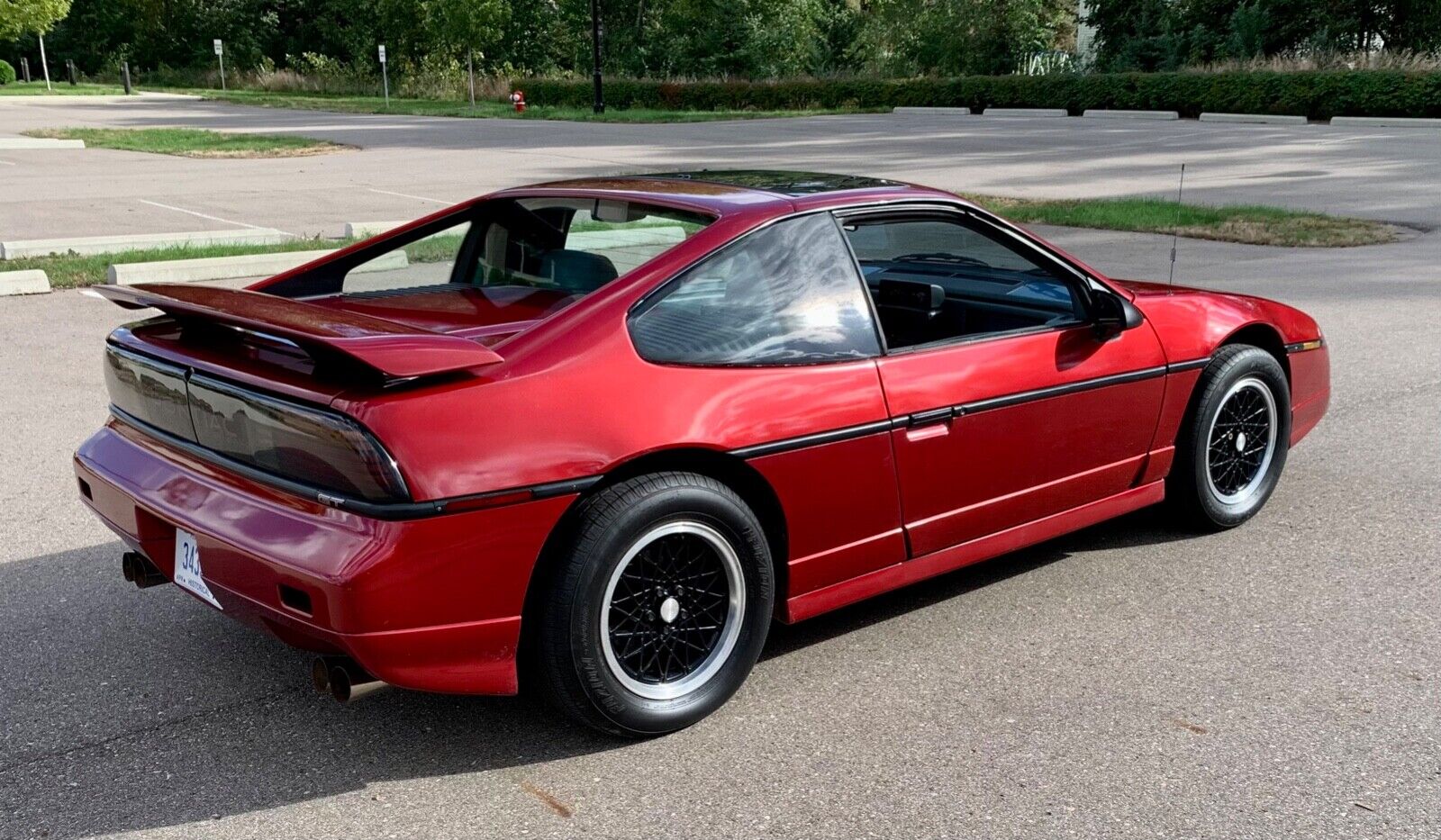
1988 Pontiac Fiero GT.
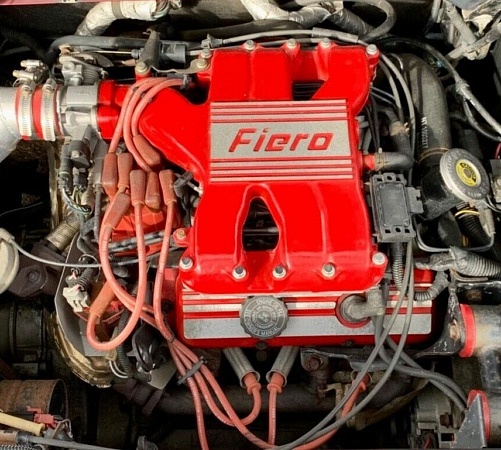
Fiero life is better with the V6.
When 1988 models reached showrooms, the Pontiac Fiero GT benefitted from a redesigned suspension for improved handling, better brakes, wider, stickier tires, and numerous other upgrades.
It’s fun to imagine what the Fiero could have been. After all, General Motors had a more powerful four-cylinder engine that debuted in 1987. The Quad 4, with a modern twin-cam, 16-valve design— and up to 190 horsepower in high-output form—would have been an excellent choice in the back of the Fiero.
Pair that power with the improved rear suspension of the 1988 model, and the Pontiac Fiero could have been a serious performer. Remember, the Fiero weighed less than 2,800 pounds, while the Corvette, with around 250 horsepower, carried 500 more pounds. A Quad 4-powered Fiero might have been faster down a quarter mile and around a race track.
The fixes came too late to save the Fiero, which by then was a lot more representative of what its designers had envisioned. That makes the 1988 Pontiac Fiero the best of the breed, though if ultimate performance isn’t your goal, any Fiero can be an enjoyable drive. Fiero prices on Bay Motors are reasonable.
Shop now for Pontiac Fieros
